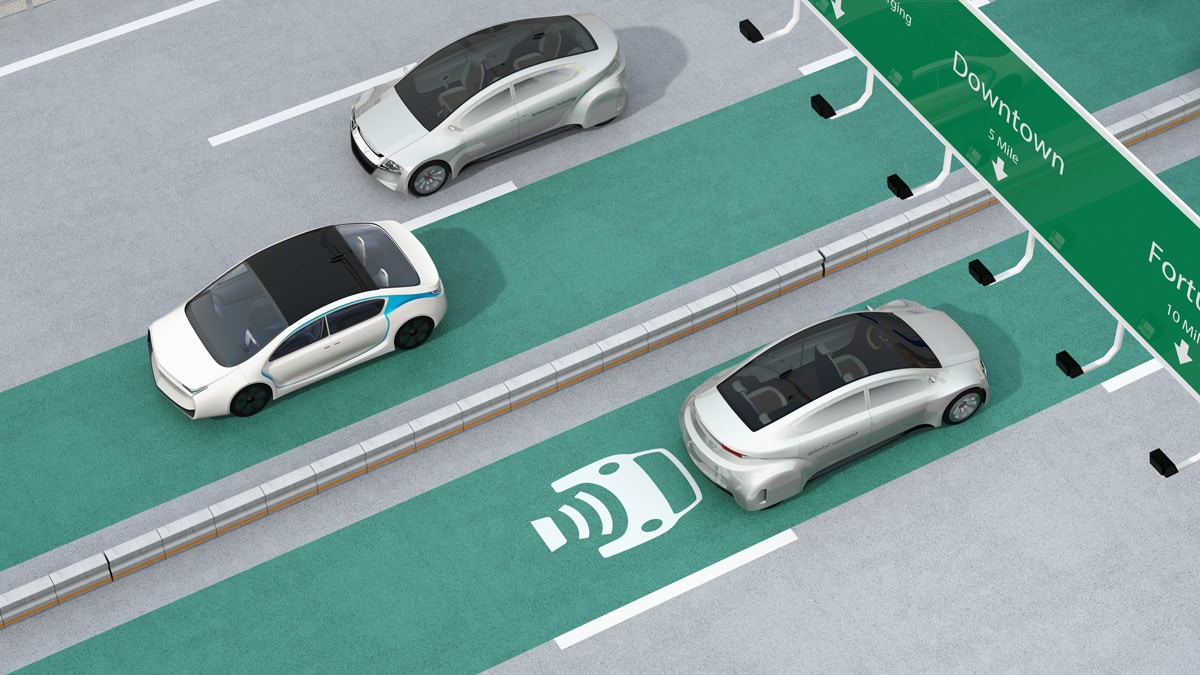Imagine pulling into a parking spot and having your electric vehicle (EV) automatically start charging without ever plugging in a cable. This isn’t science fiction—it’s the near future of urban mobility. As we step into 2024, wireless EV charging is poised to revolutionize how we navigate our cities. With cities across the globe embracing this technology, the landscape of urban commuting is set for a significant transformation. In this article, we’ll explore how wireless EV charging works, its impact on urban mobility, and what this means for drivers and cities alike.
The Rise of Wireless EV Charging: How It Works
Wireless EV charging, also known as inductive charging, uses electromagnetic fields to transfer energy between two objects. Here’s how it works:
- Inductive Coupling: A charging pad, installed on the ground, generates an electromagnetic field.
- Receiver Coil: An EV equipped with a compatible receiver coil picks up the energy from this field.
- Energy Transfer: The energy is converted into DC current to charge the vehicle’s battery.
This method eliminates the need for physical connectors, making charging as simple as parking your car. According to a recent report from Bloomberg Green, major cities like Los Angeles and Oslo aim to expand their wireless charging infrastructure by the end of 2024, making it more accessible to urban dwellers.
Advantages of Wireless Charging
Wireless EV charging presents several benefits that could reshape urban transport:
- Convenience: No more fumbling with cables, ideal for busy urban lifestyles.
- Efficiency: Reduces wear and tear on physical connectors, potentially extending the lifespan of EV infrastructure.
- Aesthetic Appeal: Keeps cityscapes free of charging stations clutter, maintaining urban aesthetics.
Impact on Urban Mobility
Transforming Public Transport
One of the most significant transformations will be in public transport. Cities like London and New York are already testing wireless charging for electric buses. This technology allows buses to charge at stops, reducing downtime and increasing efficiency. According to a study by InsideEVs, buses equipped with wireless charging can operate up to 20% more efficiently, drastically cutting emissions and operational costs.
Boosting Shared Mobility
Wireless charging is set to be a game-changer for shared mobility services. Companies like Rivian and BYD are exploring partnerships to integrate this technology into their fleets. This move will significantly reduce charging times and improve vehicle availability, making it easier for users to find an available ride.
Enhancing Urban Infrastructure
The integration of wireless charging into urban infrastructure offers several benefits:
- Reduced Urban Footprint: By embedding charging pads in existing roadways and parking spaces, cities can minimize the space required for charging infrastructure.
- Improved Energy Management: Wireless technology can be integrated with smart grids, optimizing energy distribution and reducing peak loads.
Practical Guide to Wireless EV Charging
How to Charge Wirelessly
Transitioning to wireless charging is straightforward, but it requires compatible vehicles and infrastructure:
- Choose Compatible Vehicles: Automakers like Hyundai and Volkswagen are rolling out models with built-in wireless charging capabilities.
- Locate Charging Pads: Use apps and maps to find wireless charging spots in your city. As of 2024, cities like San Francisco and Seoul have plans to increase the number of these pads significantly.
- Park and Charge: Simply park over the pad, and charging will begin automatically.
Where to Buy Wireless Charging-Compatible EVs
If you’re considering an EV that supports wireless charging, keep an eye on the latest models from brands such as:
- Hyundai Ioniq 6
- Volkswagen ID.4
- Ford Mustang Mach-E
These models are expected to be available in select markets with wireless capabilities by mid-2024.
What to Compare When Choosing a Wireless Charging EV
When deciding on a wireless charging EV, consider these factors:
- Charging Speed: Check the rate of charge and compatibility with existing infrastructure.
- Battery Capacity: Larger batteries mean longer range but may take more time to charge.
- Cost of Infrastructure: Investigate if your city provides incentives for installing home-based wireless charging systems.
The Future of Wireless Charging in Urban Mobility
As we look towards the future, wireless EV charging is more than just a convenience—it’s a critical step towards sustainable urban mobility. By reducing reliance on fossil fuels and streamlining the charging process, cities can significantly lower their carbon footprints. According to a report by the International Energy Agency (IEA), widespread adoption of wireless charging could reduce global CO2 emissions by up to 30% by 2030.
Conclusion
Wireless EV charging is set to revolutionize urban mobility by making electric vehicles more accessible and convenient for city dwellers. As infrastructure expands and technology advances, we can expect a cleaner, more efficient urban transport system. Are you ready to embrace this new wave of mobility? Share your thoughts on how wireless charging will change your daily commute. As cities continue to innovate, the future of urban mobility looks promising, cleaner, and more connected than ever.

